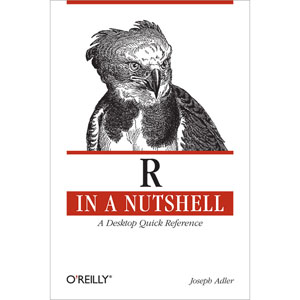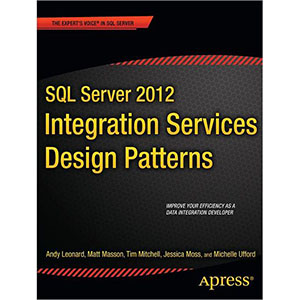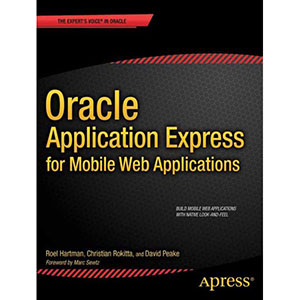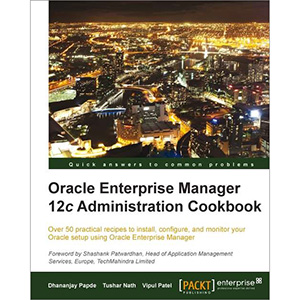Applying and Extending Oracle Spatial
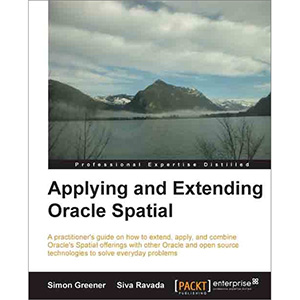
Spatial applications should be developed in the same way that users develop other database applications: by starting with an integrated data model in which the SDO_GEOMETRY objects are just another attribute describing entities and by using as many of the database features as possible for managing the data. If a task can be done using a database feature like replication, then it should be done using the standard replication technology instead of inventing a new procedure for replicating spatial data. Sometimes solving a business problem using a PL/SQL function can be more powerful, accessible, and easier to use than trying to use external software. Because Oracle Spatial’s offerings are standards compliant, this book shows you how Oracle Spatial technology can be used to build cross-vendor database solutions.
Applying and Extending Oracle Spatial shows you the clever things that can be done not just with Oracle Spatial on its own, but in combination with other database technologies. This is a great resource book that will convince you to purchase other Oracle technology books on non-spatial specialist technologies because you will finally see that “spatial is not special: it is a small, fun, and clever part of a much larger whole”.
What you will learn from this book
- Design a data model for a spatial application
- Build and use database triggers that manage data validation and other tasks
- Use Oracle’s materialized view, replication, and PL/SQL technologies with a spatial database
- Understand and use Oracle’s raster data management technology to implement solutions within a range of applications
- Explore advanced queuing for managing spatial data processing
- Apply linear referencing programming to solve business problems
- Discover Oracle’s OGC and SQLMM-compliant geometry types when implementing solutions capable of cross-vendor database deployment
- Use partitioning to manage large spatial datasets in the database
- Load spatial data (raster and vector) from different data sources in the database
Approach
This book is an advanced practical guide to applying and extending Oracle Spatial.
Who this book is for
This book is for existing users of Oracle and Oracle Spatial and so assumes you have a basic knowledge of Oracle in terms of understanding the SDO_GEOMETRY type, creating tables, indexes, and views, executing basic to moderately complex queries, and some idea of PL/SQL programming of triggers and stored procedures.
Book Details
- Paperback: 568 pages
- Publisher: Packt Publishing (September 2013)
- Language: English
- ISBN-10: 184968636X
- ISBN-13: 978-1849686365
